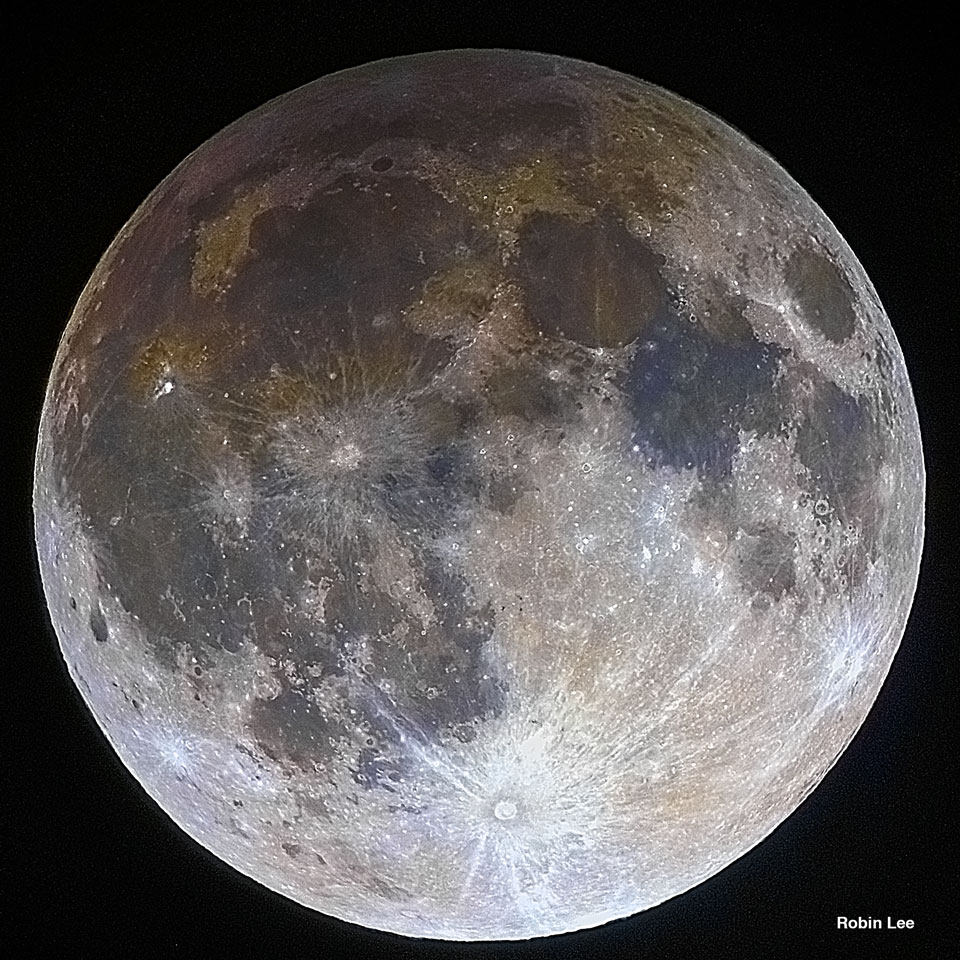Have you ever gazed up at the night sky and marveled at the mesmerizing phases of the moon? The lunar cycle is a captivating dance of celestial bodies that has intrigued humanity for millennia. But why does the moon’s brightness wane and wax in a predictable rhythm? Understanding the phases of the moon not only piques curiosity but also pays homage to the natural world’s intricate workings. Join me as we delve into the remarkable journey of the lunar cycle and uncover the fascinating reasons behind the moon’s changing luminosity.
The lunar cycle, lasting approximately 29.5 days, is an extraordinary testament to the interplay between the Earth, moon, and sun. This celestial ballet begins with the new moon, a phase where the moon is positioned between the Earth and the sun, rendering it virtually invisible against the backdrop of the cosmos. At this point, the moon resides in a state of cosmic obscurity, a silent participant in the grand theatrical performance of the universe.
As days pass, the moon gradually reveals itself, transitioning through various stages that tell a story of illumination. Following the new moon phase, the waxing crescent emerges, a delicate sliver of silver light. During this phase, the moon begins to reflect sunlight, and the faint glow captures our imagination. It’s during these moments that the sky feels transformed, inviting us to look up and wonder. In fact, this early phase serves as a reminder that even the faintest glimmer can signify the beginning of something beautiful.
As the moon continues its journey, it reaches the first quarter, a geometric shape that represents both halves of the celestial body. At this point, half of the moon is illuminated, and the brilliance starts to become more pronounced. This phase marks the transition to greater brightness, as the moon embarks on its journey toward fullness. Gazing upon the first quarter moon, one cannot help but feel a sense of equilibrium, a harmonious balance between light and darkness.
Next comes the waxing gibbous phase, where the moon’s surface is increasingly drenched in sunlight. The moon seems almost eager to reveal its full splendor, transforming from a delicate crescent into a luminous orb. As it nears the full moon, one can witness nature’s ebb and flow, the gradual intensification that exemplifies the cyclical beauty of life. This phase often inspires poets and dreamers, invoking visions of romance and introspection under the celestial glow.
Then, the full moon makes its grand entrance, bathing our world in ethereal light. This is the pinnacle of the lunar cycle, a sight that has captured the human psyche throughout history, symbolizing abundance, enlightenment, and transformation. Anticipation builds during the weeks leading up to this moment, and it often stirs emotions within us, connecting us to the rhythms of life itself. Yet, the full moon, while radiant, serves as a reminder of duality. It shines brightly, but its brilliance must also inevitably wane.
After reaching its zenith, the moon begins its descent into darkness with the waning gibbous phase. Here, the luminosity starts to fade, and the once-vibrant orb becomes slightly less brilliant with each passing night. This phase holds significant meaning, symbolizing introspection, reflection, and letting go. The diminishing brightness invites us to ponder the transience of all things, a poignant reminder that every peak is followed by a valley.
As the moon transitions into the third quarter, it reveals yet another balanced presentation of light and shadow. This is a moment for contemplation, a time to reflect on what has been. The third quarter marks the halfway point from fullness back to newness, emphasizing the perpetual cycle of beginnings and endings. It’s a subtle reminder of the importance of cycles in our own lives, urging us to embrace change and trust in the process.
Finally, we encounter the waning crescent, a tender bow of light on the cusp of oblivion. In this phase, the moon’s visible surface is minimal, yet its influence is profound. The waning crescent invites us to celebrate what is to come, urging us to cleanse and rejuvenate as we prepare for the rebirth of the new moon. It inspires us to let go of what no longer serves us, making way for new beginnings.
Throughout the lunar cycle, the moon’s brightness wanes and waxes in harmony with its position relative to the sun and Earth. This celestial choreography is not merely an astronomical phenomenon; it is a poetic reminder of the impermanence inherent in all aspects of life. The moon’s phases encourage us to find beauty in transitions and to cultivate gratitude for the cycles we experience.
In essence, the moon becomes less bright not just as a result of its position but also as a metaphor for life’s ebb and flow. The lunar cycle teaches us that just as the moon shines its brightest and then recedes, so too can we find strength in moments of both illumination and obscurity. Embracing these changes in brightness allows us to cultivate resilience and a deeper appreciation for the complexities that shape our existence.
So, the next time you gaze up at the moon, take a moment to contemplate its journey. Observe how it transforms, reflecting the light of the sun, and perhaps find parallels within your own life. The moon’s luminescence tells a story—a tale of change, growth, and unwavering beauty. Embrace the phases, and allow the moon to guide you on your personal journey through the cycles of existence.
